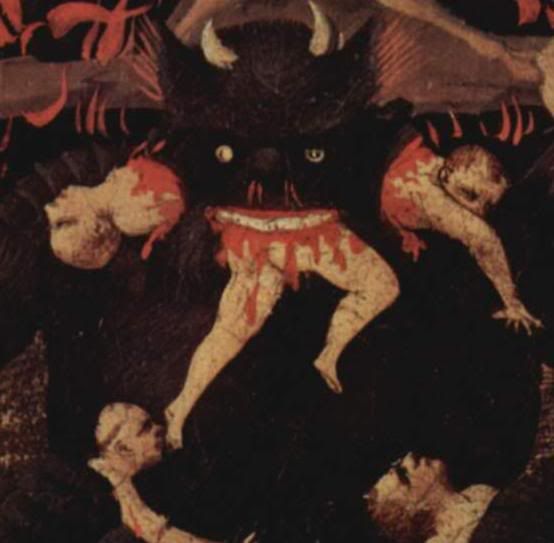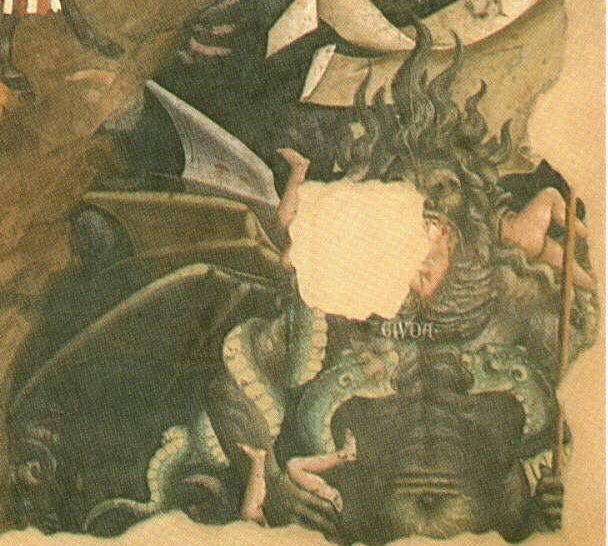Le Fanu
Ive always loved this myth of the "incomplete" deck, the "lost" cards.
Like the cult of the ruin...
Like the cult of the ruin...
kwaw said:They are based on the 'bologna' devil and tower cards: click on devil and tower links under the "Edmond de Rothschild Collection" in the Louvre here:
http://trionfi.com/0/j/d/bologna/



HearthCricket said:I believe the Devil and Tower were always there. They were just paper. They either got spilt on with a bit of wine, accidently (or purposely burned in the fireplace) or shredded by mice....
~RosanneWe have Children; we don't know how long our lives will be, but while we live we must advise and educate them, so that when they grow older. or whenever they are abandoned by us, they are equipped with sound principles.
I also like the Lo Scarabeo ones you mentioned. Oddly enough though I kinda like the Scapini ones. I think it would be cool if LS did a gold-stamped version with those replacements.Le Fanu said:Any of them really except the Scapini one. I really don´t know how anyone could think that the Scapini ones blend imperceptibly into the rest of the deck.
This is also one of my favorites. I agree it does seem to fit well with the rest of the cards.gregory said:Dal Negro, for me Just LOOKS rightest.
I must admit I've never been too crazy about the Meneghello ones, but after reading your explanation I have a new appreciation for them.Rosanne said:Well I do not think these two cards were there in the first place, but of the replacements I like the Il Meneghello versions best.
This is also my favorite (right now anyway). I wasn't sure if anyone would be with me though. The medieval artists seemed to have an obsession with the mouth as something very evil. Thanks for posting those pictures. Those are some serious Devils, no Halloween Devils there! That last one sort of reminds me of the Scapini Devil with its curly horns.kwaw said:The LS (2000) Atanas Atanassov for me (because they strike me as more true to the period somehow ~ though they look perhaps, I don't know, more florentine than Milanese??).
WikipediaWhen in 1433 the Duke of Milan Filippo Maria Visconti signed a treaty of peace with Florence and Venice, he sent the condottieri Niccolò Fortebraccio and Francesco Sforza to harass the Papal States, in vengeance for Eugene IV's support to these former republics. Fortebraccio, supported by the Colonna, occupied Tivoli in October and ravaged Rome's countryside. Despite the concessions made by Eugene to the Visconti, the Milanese soldiers did not stop their action. This led the Romans to institute a Republic government under the Banderesi (May 29, 1434). Eugene left the city in the night of June 4.
However, the Banderari soon proved incapable to govern the city, and their misfits and violences deprived it soon of the popular support. The city was therefore returned to Eugene by the army of Giovanni Vitelleschi on October 26, 1434. After the death of Vitelleschi in mysterious circumstances, the power in the city was under Ludovico Scarampo, Patriarch of Aquileia. Eugene returned in Rome on 28 September 1443.
Abrac said:Hmm...I see the cross now. That makes you think.
Abrac said:kwaw, do you suppose the face on the lower part of the Devil is intended to be Judas?
